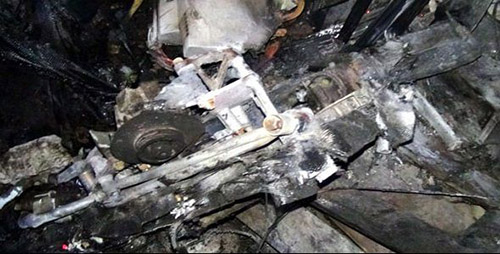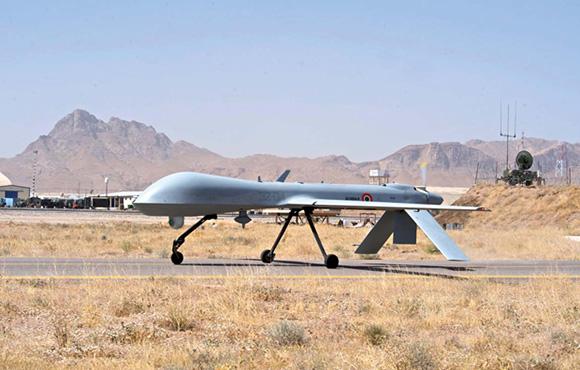General Atomics Aeronautical Systems has announced the delivery of two Predator-A drones to the Italian Air Force. The latter uses MQ-9s for all Mediterranean intelligence, surveillance and reconnaissance missions, as well as in support of NATO operations.
It should be noted that Italy has already obtained the green light from the United States Congress to arm its own Reaper for a supply worth 130 million dollars with General Atomics as prime contractor. The Italian government specifically purchased 156 AGM-114R2 missiles Hellfire II built by Lockheed Martin, 20 GBU-12 (laser guided bombs), 30 GBU-38 JDAM and other weapon systems.
The six Italian "Reapers" (just under eleven million dollars per specimen) have been deployed this year in Sigonella, Sicily, the "hub" of the Mediterranean. On the same basis, the USA also risked i Global Hawk in support of intelligence operations in the Mediterranean and North Africa.
The Italian UAVs of Sigonella carry out reconnaissance missions also to counteract the phenomenon of illegal immigration. Italian drones that have also carried out operations in Iraq, Afghanistan, the Balkans and Libya. We know that Italy has deployed two UAVs on reconnaissance missions in Kuwait.
Italy is the second country, after Great Britain, equipped with drones in role hunter killer. The Italian request to arm the MQ-9 drones Reaper (purchased in the 2009) was formulated in the 2012. Turkey has also made this request.
The UAV component of the USA
The United States launches armed drones from bases in Turkey, Italy, Ethiopia, Kuwait, Qatar, the United Arab Emirates and Djibouti, a small country on the Horn of Africa. In addition, the CIA operates two bases for operations hunter killer in Saudi Arabia and Afghanistan. The demand for military drones capable of carrying out air strikes is constantly growing. In 2014, Predator e Reaper they flew 369.913 hours, six times what they recorded in 2006, according to official Air Force statistics.
Il Predator is the Air Force flying platform with the third highest accumulated hours after the F-16 and KC-135. In addition to saving pilots' lives, drones like the Predator and Reaper they can deliver high-definition images essential to fundamental intelligence and technology analysts in modern warfare.
One of the fundamental enemies of battle drones is reliability. It turns out that more than half of the 269 Predators purchased by the Air Force were lost in accidents. Drones generally fly at altitudes above 18 feet, safe from infantry small arms, but at the mercy of regular armies' missile batteries.
 Just on March 17, the Air Force lost contact with a Predator during a night sortie near Latakia, Syria. This, however, was not a raid on Islamic State fighters, but a surveillance mission in one of Assad's strongholds. The Syrian media, showing images of the wreck and a label with General Atomics, producer of the Predator, they spoke of a "downed hostile plane". The official version of the US government for the loss of the drone, however, speaks of loss of electricity and interruption of connections with the remote location.
Just on March 17, the Air Force lost contact with a Predator during a night sortie near Latakia, Syria. This, however, was not a raid on Islamic State fighters, but a surveillance mission in one of Assad's strongholds. The Syrian media, showing images of the wreck and a label with General Atomics, producer of the Predator, they spoke of a "downed hostile plane". The official version of the US government for the loss of the drone, however, speaks of loss of electricity and interruption of connections with the remote location.
The Syrian episode revealed more. It would be extremely difficult for US drones to reach northwestern Syria from their main bases in the Persian Gulf. This means that the Predator it had almost certainly entered Syrian airspace from Turkey. The Air Force has a fleet of Predator stationed at the Incirlik base, but the Turkish government has always guaranteed on the profile of surveillance missions carried out exclusively in northern Iraq.












